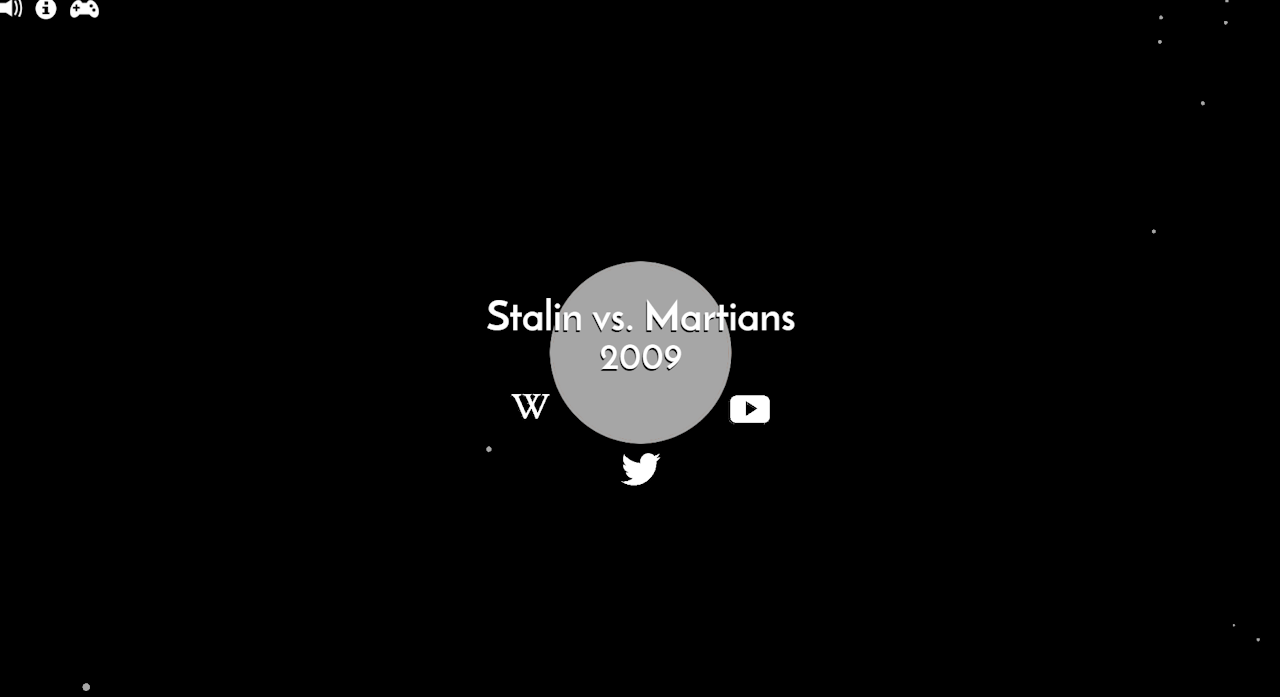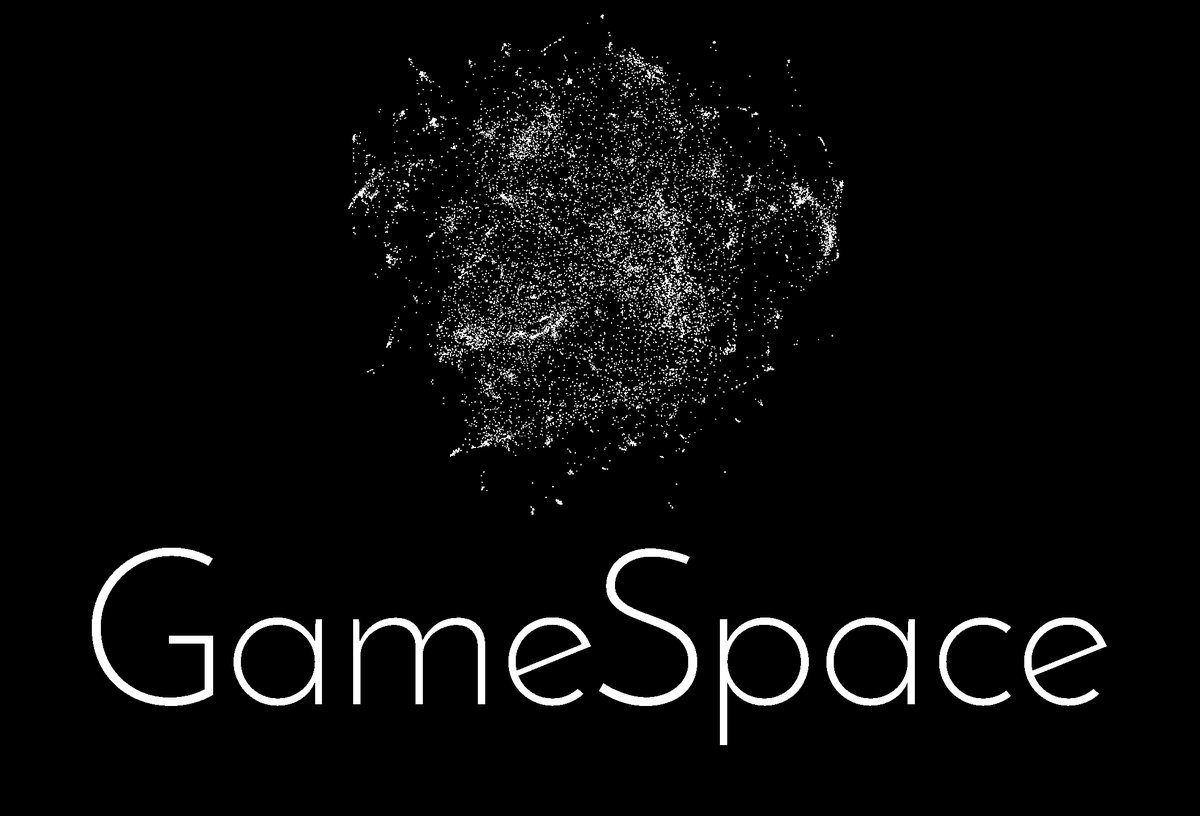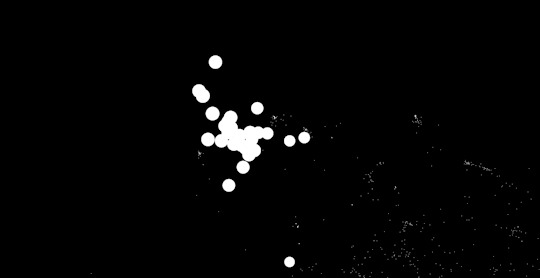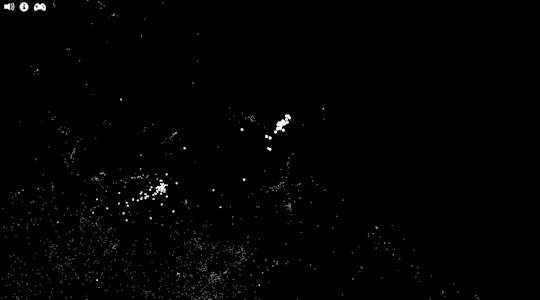


GameSpace
Speaking of machine learning and mapping multidimensional space into something more comprehensible, this research by James Owen Ryan and Eric Kaltman uses machine learning to place games into 3D space, clustered near other, similar games.
The project uses GameNet, a database of the links between 12,000 games, with the links learned from feeding the Wikipedia pages into a machine learning algorithm called latent semantic analysis. GameSpace maps that data into 3D space, forming a galaxy of games where nearness corresponds to similarity.

Here, for example, is the cluster of Zelda games. Note Elliot Quest down in the corner: I’d never heard of it before, but the algorithm puts it closer to Zelda II than Majora’s Mask 3D (which is further down, outside of this image and closer to the Mario games).

Not too far away, you can find the cluster of Mario games, which are a bit looser. Presumably because the Zelda games are more similar than, say, Super Mario Brothers 2 and Dance Dance Revolution: Mario Mix.

Zooming even further out, thousands of games are visible. The Infocom text adventure cluster is a little ways away, while that bright spot I highlighted on the far side of the galaxy is a tight cluster that contains Far Cry, Borderlands (including Tales of the Borderlands), the Dead to Rights games, and Peter Jackson’s King Kong, among other games.
Of note is that this constellation isn’t directly based on the games themselves, but instead is constructed from how we talk about them. (I’d like to see some game review archives mapped like this. Or some indie game review sites, plus TIGDB. Or the Ludum Dare archives.)
I’d suggest a couple of aesthetic changes to make it a little easier to navigate if they want people to use it as a tool (the ability to orbit, to show labels at a distance, etc.), but even in its current state it’s quite informative.
You can try it out here:
